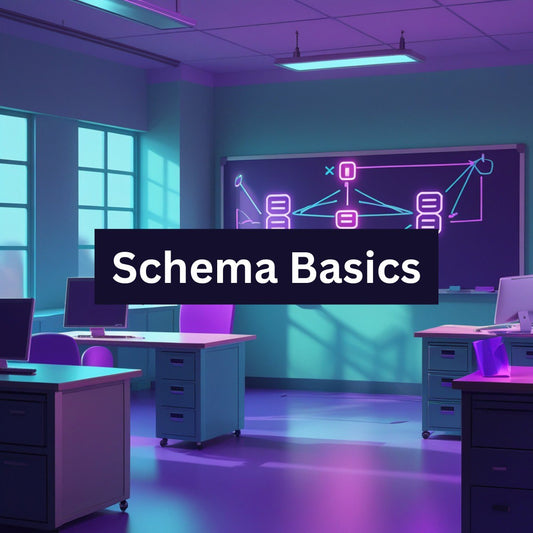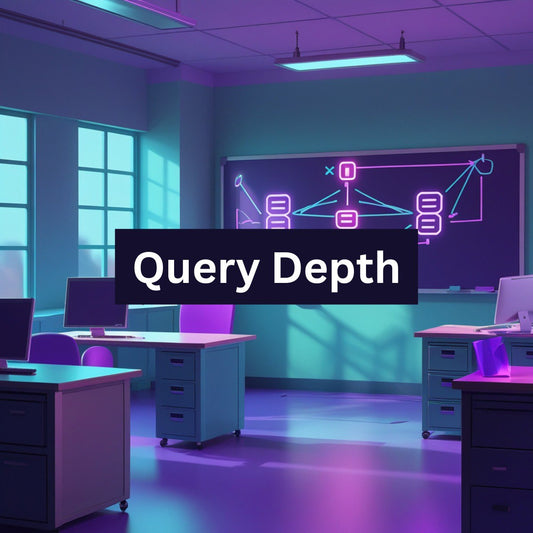A route for every pace
-
Schema Basics
Regular price $250.00 CADRegular price -
Join Logic
Regular price $350.00 CADRegular price -
Query Depth
Regular price $360.00 CADRegular price -
Cipher Packline
Regular price $500.00 CADRegular price -
Arc Packline
Regular price $700.00 CADRegular price -
Loom Packline
Regular price $1,000.00 CADRegular price

Twistrak SQL — a clear start in building databases
Materials and exercises with a practical focus: from schema design to queries and optimization
Clear learning structure
-
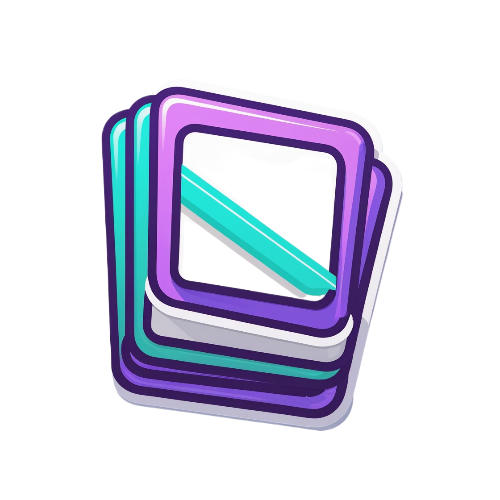
Clear structure
Topics follow a logical order
so each step builds on
the previous one. -
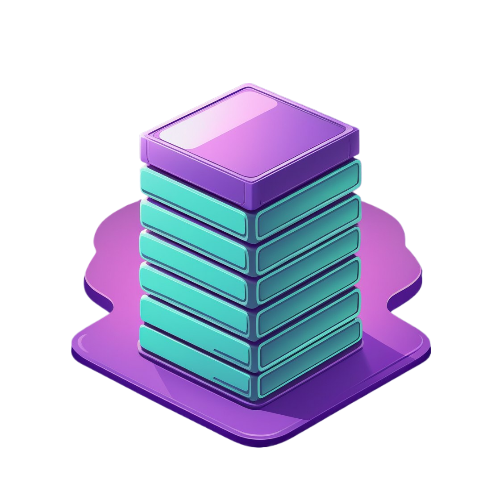
Practical tasks
Exercises reflect common
data situations and train
specific actions. -
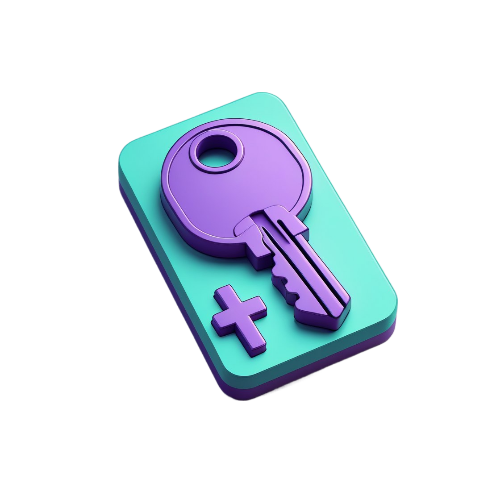
Plain examples
Every rule is paired with
a short query
sample and an
explanation. -
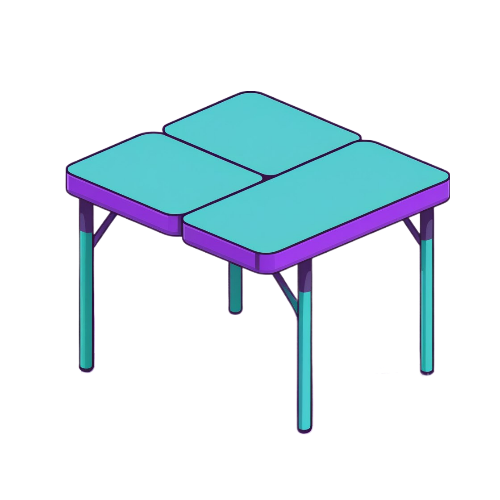
Self checks
Review questions help track progress and revisit topics when
needed.
Data, in good order
We create clear, practical materials that support confident work with relational databases—from definitions and data types to indexes, constraints, and transactions. Our aim is steady progress: start with simple queries, then move to aggregations, subqueries, schema design, and foundational optimization techniques. Each section has a clear goal and tasks so you can see which skills are covered and what comes next. We focus on clarity, detail, and examples that mirror real scenarios.

Twistrak
Cipher Packline

People behind Twistrak
-

Lucas Hayes
SQL Developer
Writes and optimizes queries, automates
routine operations, and organizes schemas
for clear maintainability. -

Ava Mitchell
Database Engineer
Designs tables and relationships,
configures indexes, and maintains data
integrity to keep queries running reliably.
A team that thinks in tables
Twistrak is a team of developers and analysts who turn real-world experience into clear SQL materials. We cover fundamentals, data modeling, table relationships, and query examples, explaining each step in plain language. Modules are organized in a logical sequence so knowledge builds naturally and without rush. If you need guidance on the learning path or exercises, we’re available via email.

Collapsible content
Who are Twistrak SQL courses for?
Our materials are designed for beginners and learners with some query experience. If you’re new to relational databases, you’ll start with terminology, basic operations, and query logic. If you already have experience, you’ll organize your knowledge and work through indexes, constraints, transactions, and optimization. The structure is step-by-step, moving from simple examples to more detailed scenarios.
What prior knowledge is helpful before starting?
A basic understanding of tables, rows, and columns, along with logical operators and comparisons, is enough. It helps to read table schemas and recognize relationships between them. No knowledge of specific tools is required.
What exactly do we cover within SQL?
We focus on creating tables, defining relationships, and writing queries for selecting and updating data. Then we tackle aggregation, subqueries, integrity constraints, and keys. We also focus on indexes, transactions, and basic optimization techniques. Typical query mistakes and ways to resolve them are included.

